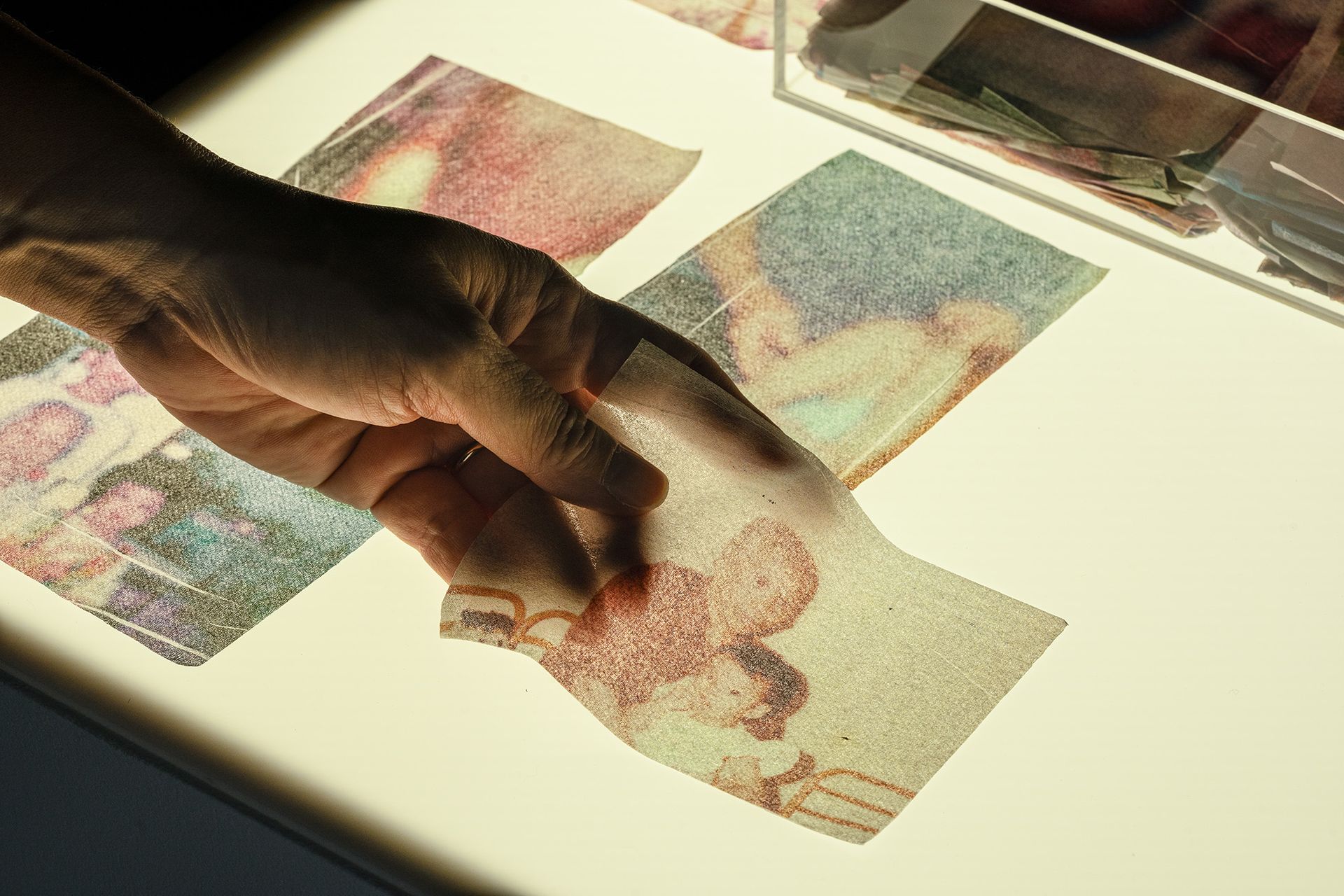
Slide title
Write your caption hereButton
Slide title
Write your caption hereButton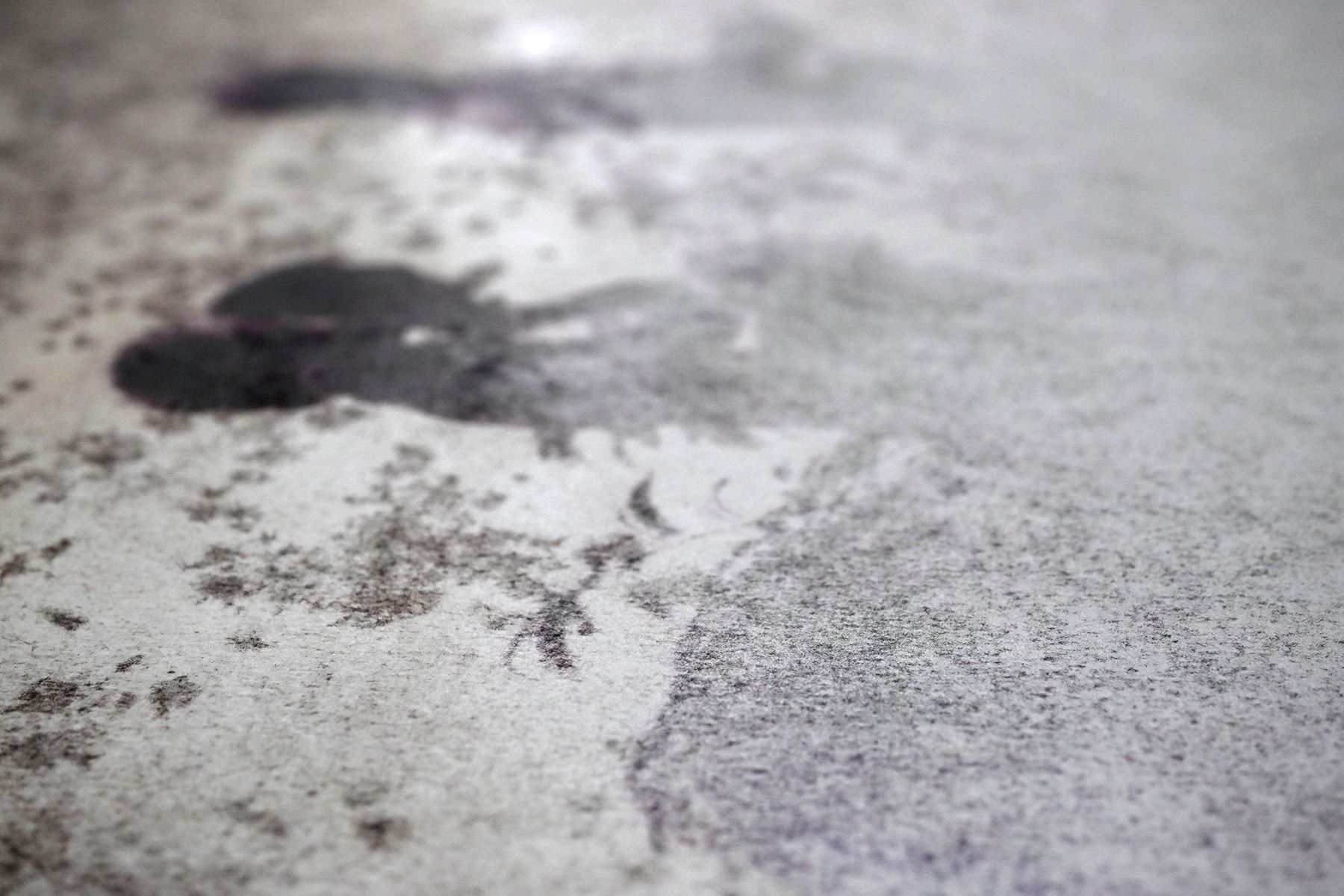
Slide title
Write your caption hereButton-
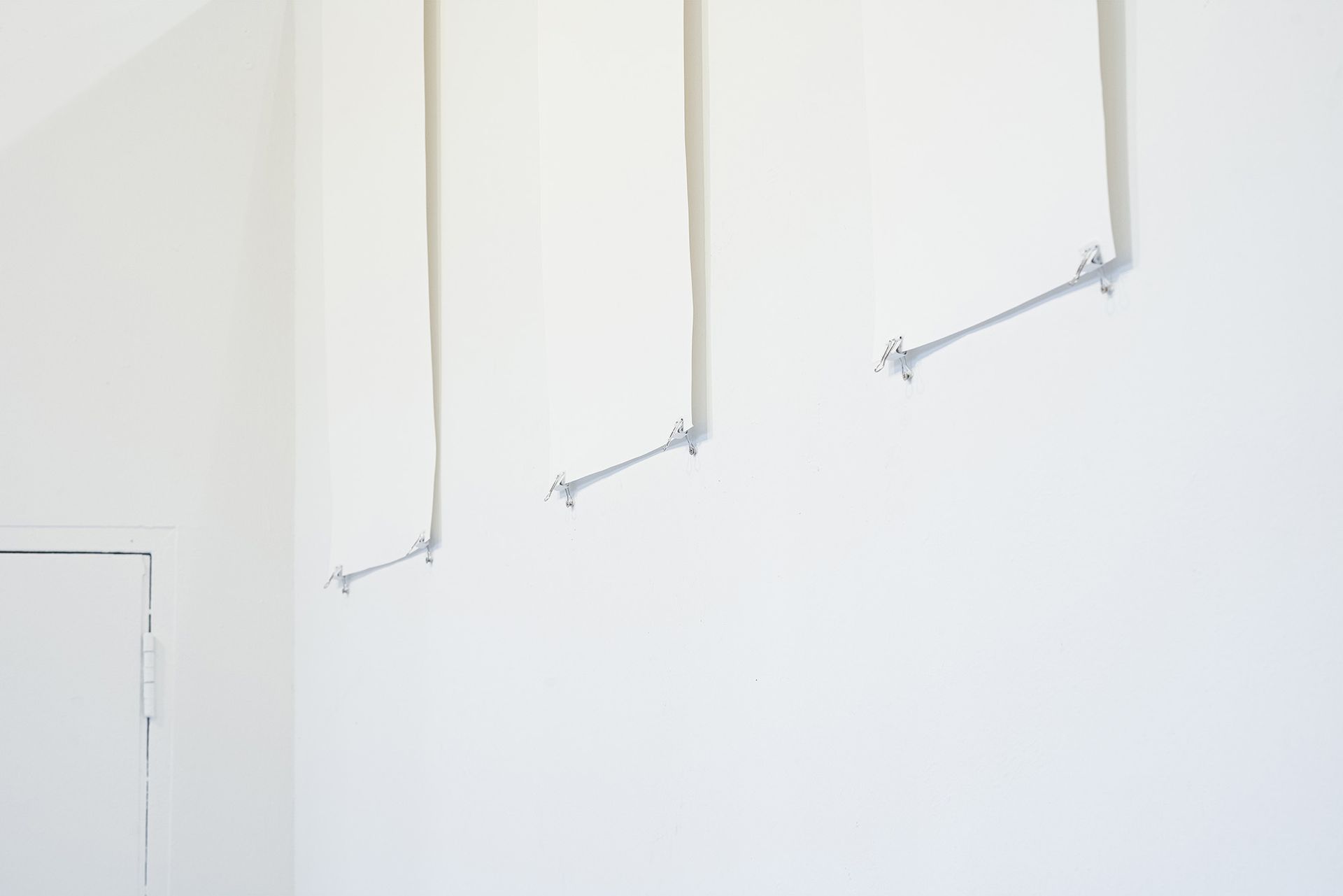
Slide title
Write your caption hereButton 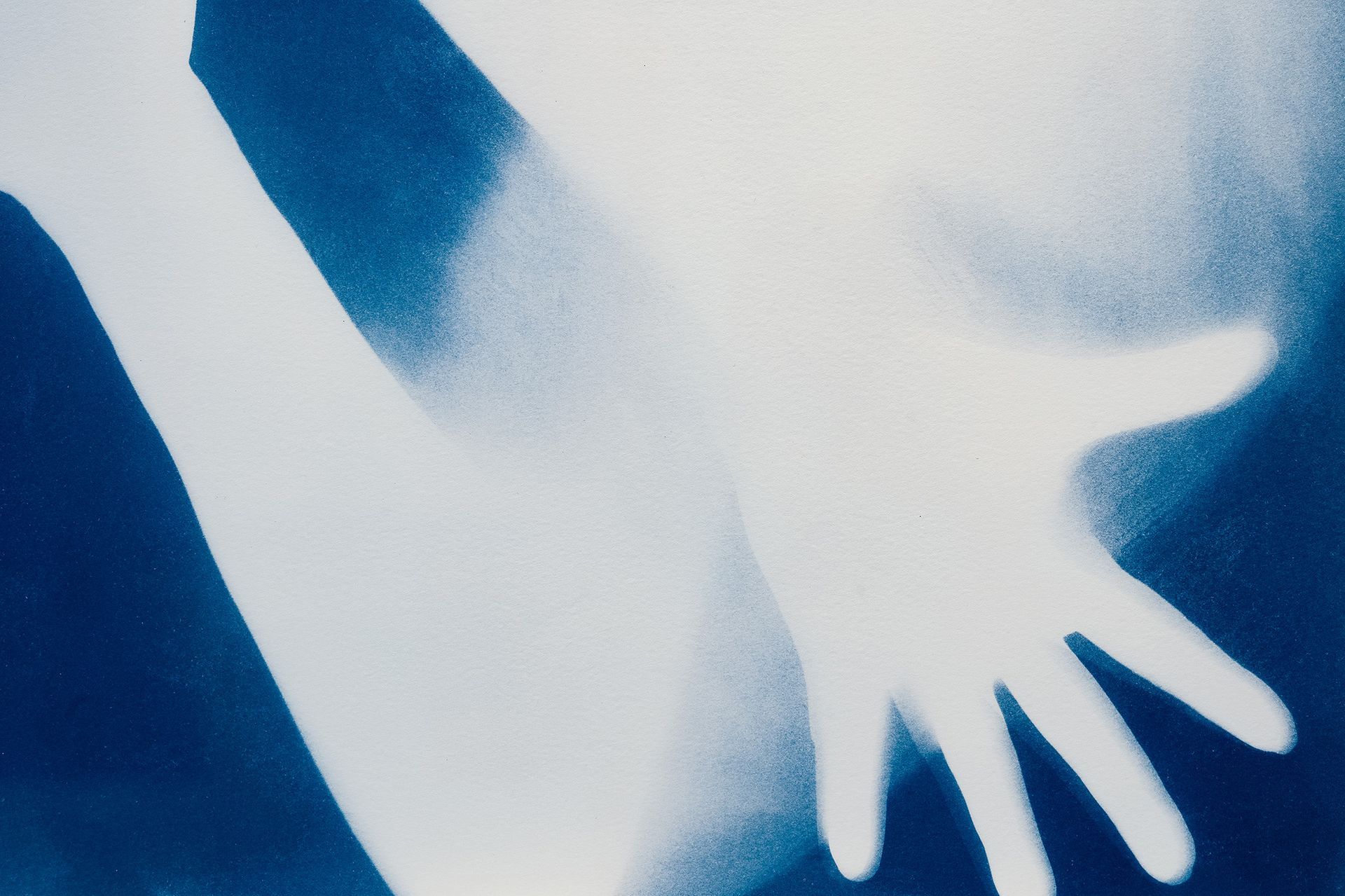
Slide title
Write your caption hereButton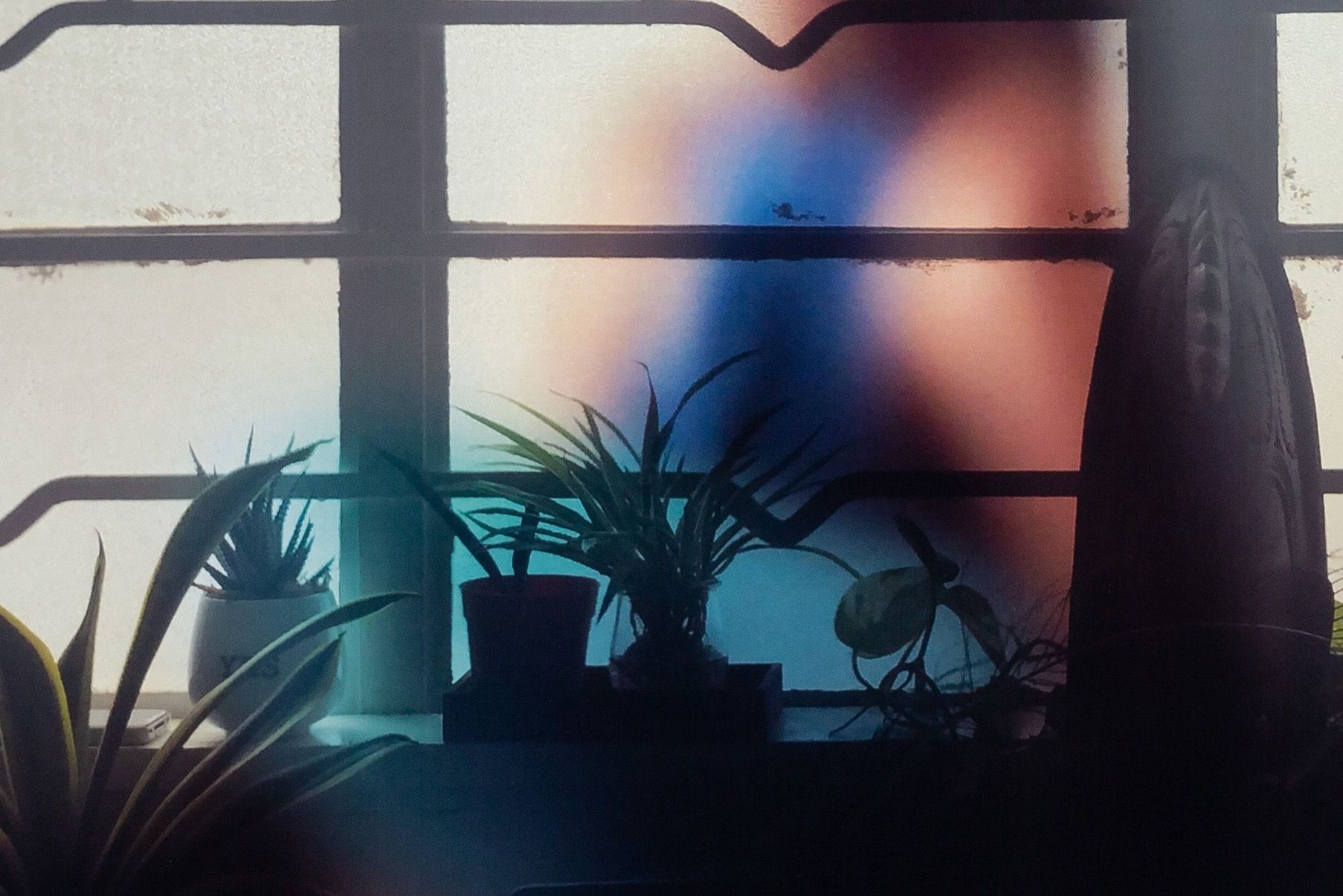
Slide title
Write your caption hereButton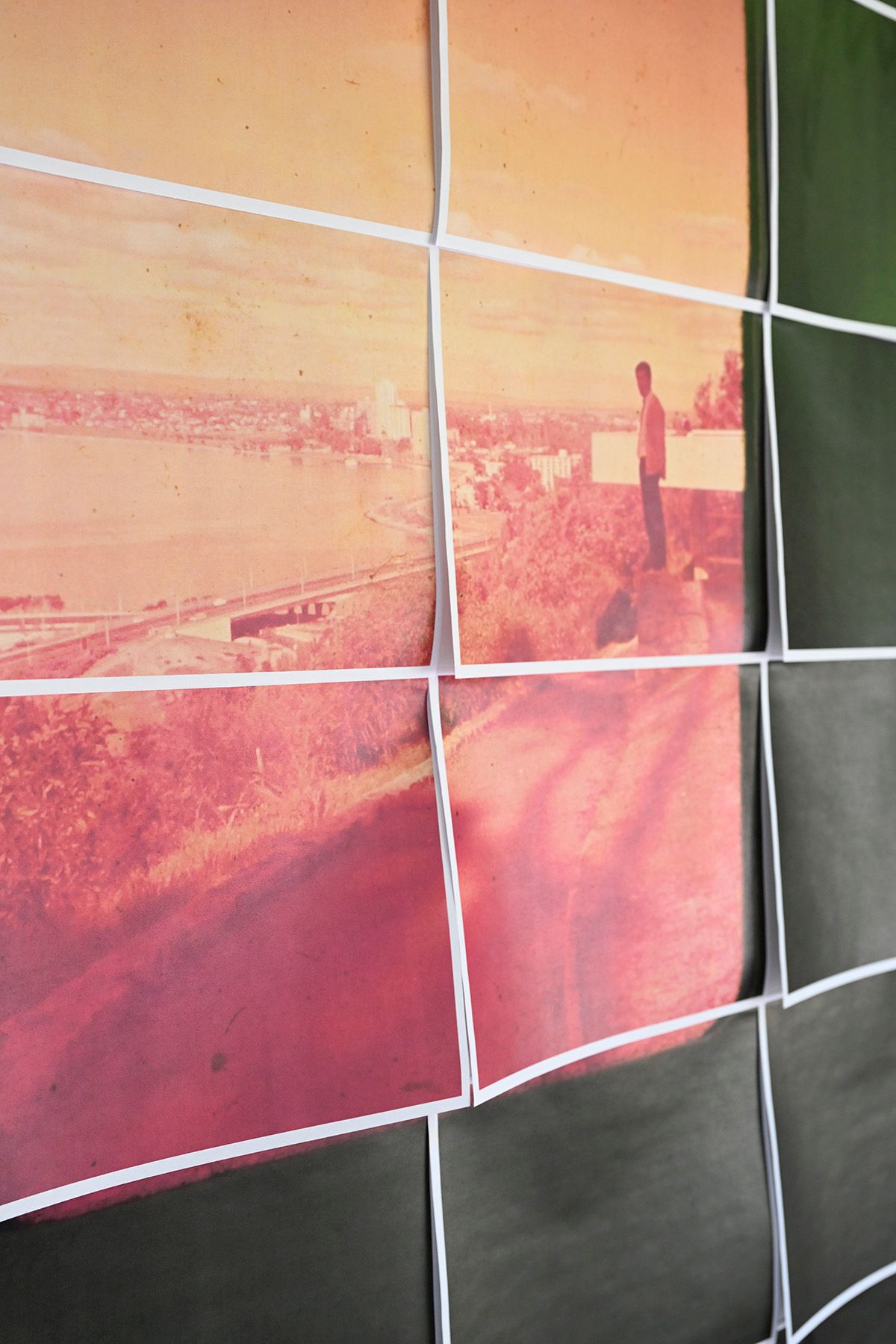
Slide title
Write your caption hereButton
© 2025
Wei Leng Tay. All rights reserved. No images or texts on this website may be reproduced or transmitted in any manner without the prior written permission of the copyright holder.
